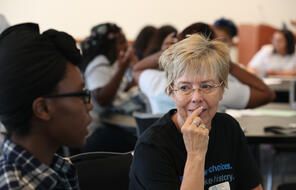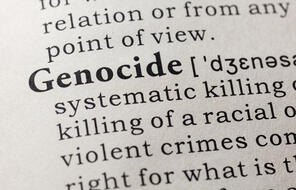1117 Results
The Holocaust
Developing Student Agency through History and Literature: Middle School Curriculum
Lead middle school students in an 18-week study of identity, membership and belonging, and civic participation through analysis of historical case studies and literature.
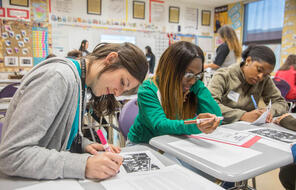
Teaching Schindler's List
Help your students be thoughtful, engaged viewers of Schindler's List with these lesson plans that foster reflection and make contemporary connections to the history.
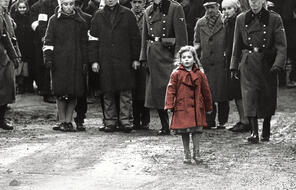
Explore the Partisans
Find interview transcripts, historical overviews, and primary source documents about a particular Jewish partisan or country.
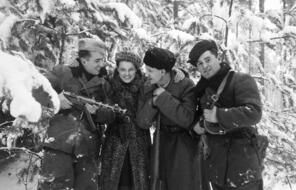
Resistance during the Holocaust: An Exploration of the Jewish Partisans
Explore the stories of Jewish partisans that stood against Nazi oppression, genocide, and antisemitism during World War II.

Resources for Civic Education in California
Explore resources that meet the California History–Social Science Framework standards.

Resources for Civic Education in Massachusetts
Explore resources that meet the Massachusetts History and Social Science Framework.
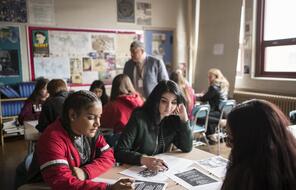
Children of Willesden Lane
This collection includes resources to accompany the text The Children of Willesden Lane, the powerful true story of Lisa Jura, who fled Nazi-occupied Vienna on the Kindertransport as a child.

Educator Resources for New England Holocaust Memorial
A curation of educational resources for school groups visiting the New England Holocaust Memorial.
Materials for Teaching Holocaust and Human Behavior
Explore the collection of media referenced in our unit Teaching Holocaust and Human Behavior, available both online and in print.

The Holocaust and Jewish Communities in Wartime North Africa
Explore the impact of the Holocaust and World War II on Jewish communities in North Africa in this 3-lesson mini-unit.
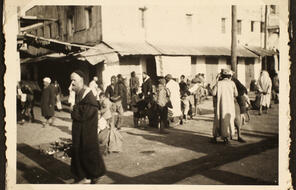
Holocaust and Human Behavior: A Facing History & Ourselves High School Elective Course
This curriculum is designed for Tennessee and Southeast educators teaching a high school elective course on the history of the Holocaust and the Armenian Genocide.
